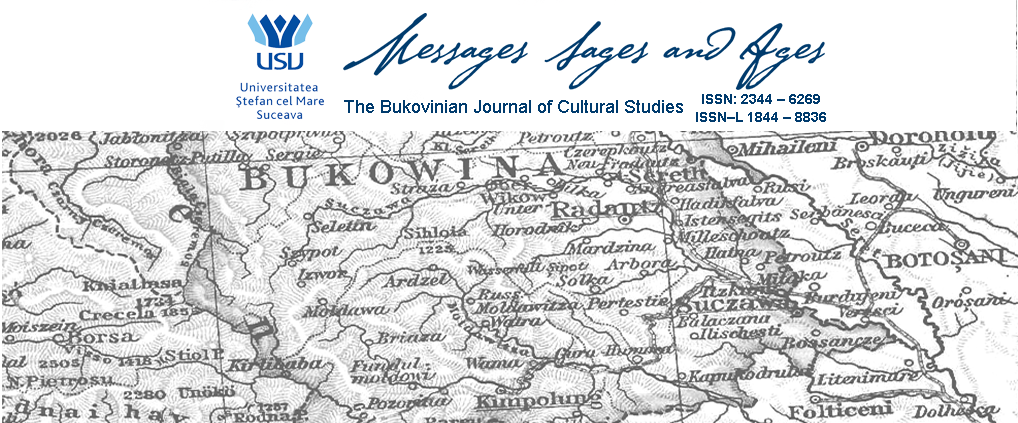The present paper analyzes two artistic strategies employed by Gerhard Richter to deal with painful recent cultural memory. Two works in particular reveal the relative success of Richter’s varied artistic strategies addressing contemporary political events: 18. Oktober 1977 (1988) and War Cut (2004). In his series of paintings on the Baader-Meinhof terrorist group, Richter effectively employs his “photopainting” style to address the profoundly disturbing deaths of the Baader-Meinhof group in the 1970s. Richter chose mundane photographic sources for his imagery, denying a hierarchy of “correct” memories of the events and turning photographic indexicality against itself by employing a painterly medium, tinged with nostalgia, to represent it. Richter’s photopaintings of Baader-Meinhof thus use the “factual” nature of the photograph while also utilizing an elegiac painterly mist through which an indistinct emotional memory of the past seems to emerge. Richter’s blurring of images can thus be understood as a fulcrum on which the undecidability of history itself must be represented. Richter constructs War Cut (2004), on the other hand, as a work and aesthetic experience decidedly at odds with the iconicity of his Baader-Meinhof images by employing arbitrariness and conceptual abstraction.
Randall K. Van Schepen
Author
Randall K. Van Schepen is Associate Professor of Art and Architectural History in the School of Architecture, Art and Historic Preservation at Roger Williams University in Bristol Rhode Island, USA. He has taught Art History at Rice University, The University of Minnesota, The University of Wisconsin-Stout, and St. Olaf College. Focusing on modern and contemporary art and architecture as well as critical theory, his research ranges chronologically over the 20th and 21st centuries with occasional forays into the philosophical foundations of modernist thought in the 18th and 19th centuries. He has published essays on a wide variety of individual artists such as Marcel Duchamp, Ilya Kabakov, Eric Fischl, Sherrie Levine, Jeffrey Silverthorne and Gerhard Richter as well as on theorists and art critics such as Walter Benjamin, Roland Barthes, Leo Steinberg, Alfred Barr, Clement Greenberg and Michael Fried. Conceptual themes that pervade his work include studies of the role of memory in art, the philosophical and spiritual background of modernist criticism, contemporary artist’s approaches to memorializing or addressing tragedy/terror, as well as the ambiguous status of the photograph in contemporary and modern theories of art. He lives in Cranston, Rhode Island and Windham, Maine.
